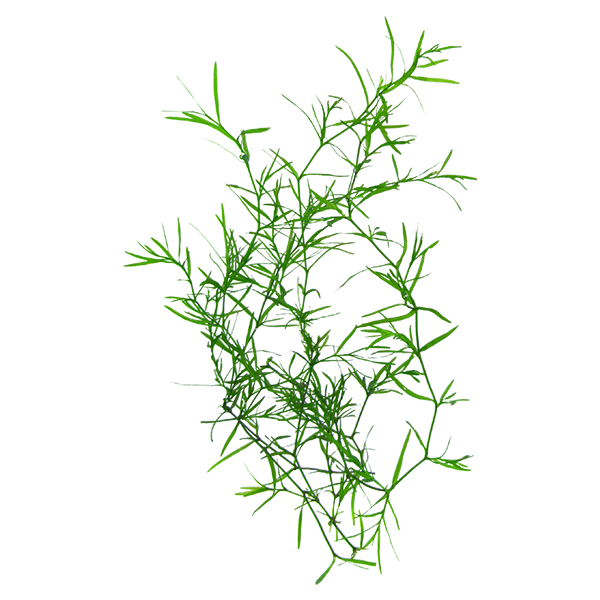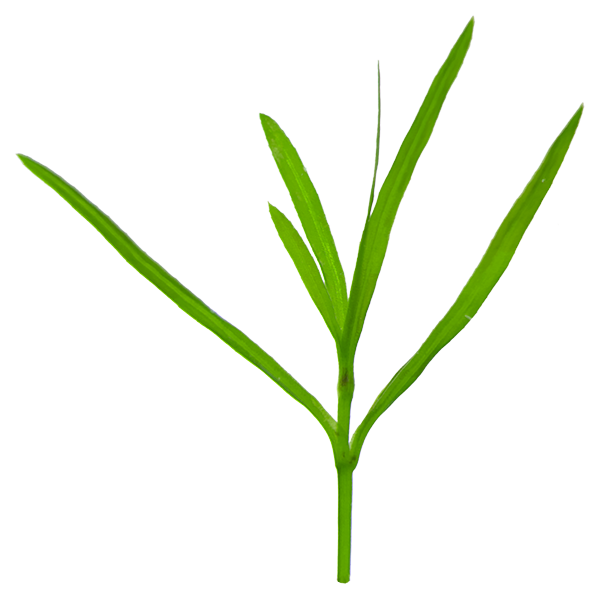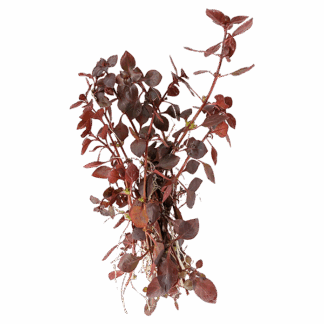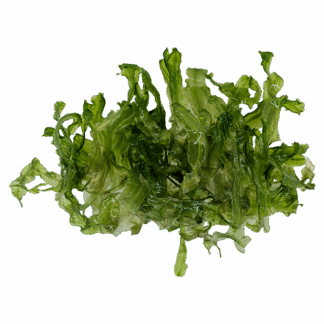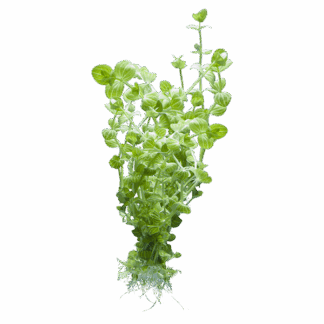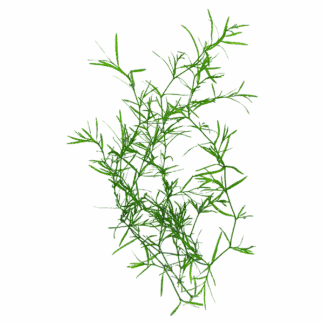Description
Guppy Grass, scientifically known as Najas guadalupensis, is a versatile and easy-to-care-for aquatic plant popular in the aquarium hobby. Also referred to by common names such as Southern Waternymph, Najas Grass, and Common Water Nymph, this plant belongs to the family Hydrocharitaceae.
Naturally found in the Americas, Najas guadalupensis is widespread across North, Central, and South America. It inhabits freshwater environments such as ponds, lakes, ditches, and slow-moving streams, typically growing submerged in shallow to deep water. While primarily a plant of temperate biomes, it has also been introduced to other regions like Japan and Palestine.
Care
Guppy Grass is highly adaptable to various water conditions, thriving in temperatures between 10-28°C (59-82°F), pH 6.0-8.0, and GH 2-20. Liquid fertilizers and CO2 can enhance growth but definitely required. Ensure clean water and regular water changes to prevent algae.
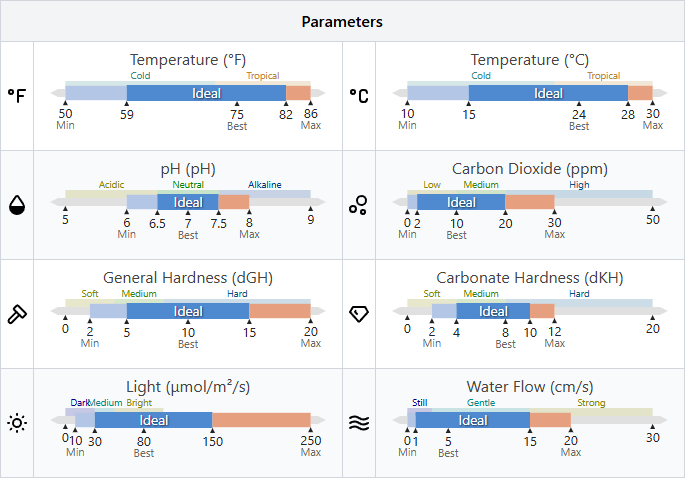
Propagation
Propagating Guppy Grass is remarkably easy. The primary method is through stem fragmentation or cuttings. Simply cut a healthy stem section of a few inches and place it in the water. These cuttings can be left to float or gently pushed into the substrate. New shoots will develop from the cut sections, and the plant will continue to grow and spread. Even small fragments can root and regenerate quickly.
Trimming
Guppy Grass is known for its fast to rapid growth rate. This rapid growth necessitates regular trimming to prevent it from overrunning the tank and blocking light to other plants.
Notes, Tips, and Considerations
- Its dense growth provides excellent shelter and hiding places for fish, particularly fry and small species, helping increase their survival rate.
- It is also beneficial for shrimp, offering cover and a surface for grazing on microfauna and biofilm.
- It can be used as a spawning mop by certain fish.
- Guppy Grass contributes to improving water quality by absorbing excess nutrients and producing oxygen through photosynthesis.
- It can be used floating, rooted, or weighted down, and is suitable for various tank sizes and aquascape designs.
- It is compatible with most peaceful fish, shrimp, and snails.
- It can sometimes experience melting when introduced to new tank conditions, but it often recovers.
- Due to its fragile stems, it should be handled with care.
Origin
- Regions
- North America
- Central America
- South America
- Asia
- Japan
- Asia
- Palestine
- Habitat: pond, lake, river, wetland
- Water Type: freshwater
- Water Depth: 0.1 – 1.5 m
- Water Flow: still, slow
- Light: low, medium
- Temperature: 10 – 30 °C
- Humidity: high
- Substrate: sand, gravel, soil, mud, floating
Closing
In summary, Najas guadalupensis is a hardy, fast-growing aquatic plant native to the Americas that is easy to care for and propagate. Its ability to thrive in a range of conditions and its functional benefits as a nutrient absorber and shelter provider make it a very popular choice for freshwater aquariums.

